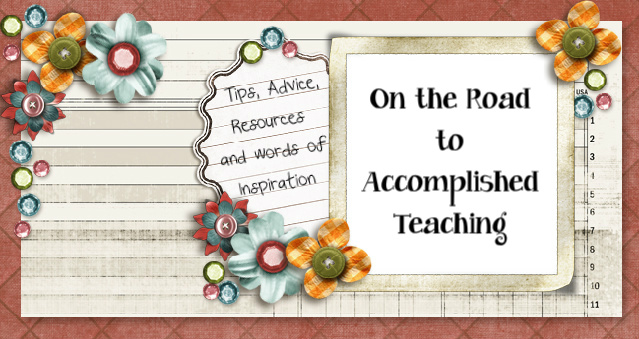How about a strategy that will snap your students into focus, and provide an easily planned and delivered formative assessment?
 |
| The whip-around strategy is quck and easy to use! |
Teachers need a way to check on student understanding, and be able to do it with the least strain on planning and lesson intrusion possible. Whip-around to the rescue!
What is the whip-around strategy?
The whip-around strategy is a quick gauge of how your students are understanding topics. It can be used as a formative assessment because it monitors achievement. It can also be used as a check of understanding, because it provides a snapshot of what your students are absorbing in the lesson.
How does this strategy work?
Just follow these steps:
- Present a topic to your students. Ensure that you are offering students enough support to understand the topic.
- Provide guided examples where you show students how to address the topic or solve the problem
- Have the whole group practice the skill or solve a problem together, based on what you have just presented to them.
- Now create a whole class question that has several responses. Explain the strategy to the students (no "gotcha") and give students a couple of minutes to create their answer.
- Examples of questions:
- What are the parts of an insect?
- How did Scout express her feelings about Bo?
- What can a hurricane impact the economy of a city?
- Using the periodic table name an element from the halogen family?
- Ask for an answer to this question as you travel up and down the seats - have each child provide their idea of the best answer for the question. No pauses, no judgments, just quick answers from each student. If there are repeats, that's okay (it will reinforce the information.)
- Afterwards review what has been said- clarify any misunderstandings. If a misunderstanding has been repeated by several students, then you must reteach the skill to the class. If a single student is not clear, then you need to support that student individually.
There you have it. You have just whipped around the classroom and assessed student understanding with one single question.
Why should you use this strategy?
This is an easy strategy that will give you critical information about what students know in a quick way. You have an idea of who is paying attention, who is following the lesson, and who is struggling. If this is presented as a formative assessment, you have information about how each child has mastered the information, and you can use it as an oral assessment.
Quick. Simple. Easy.
What strategies do you use for a quick assessment?Why should you use this strategy?
This is an easy strategy that will give you critical information about what students know in a quick way. You have an idea of who is paying attention, who is following the lesson, and who is struggling. If this is presented as a formative assessment, you have information about how each child has mastered the information, and you can use it as an oral assessment.
Quick. Simple. Easy.
Queen Bee

No comments:
Post a Comment